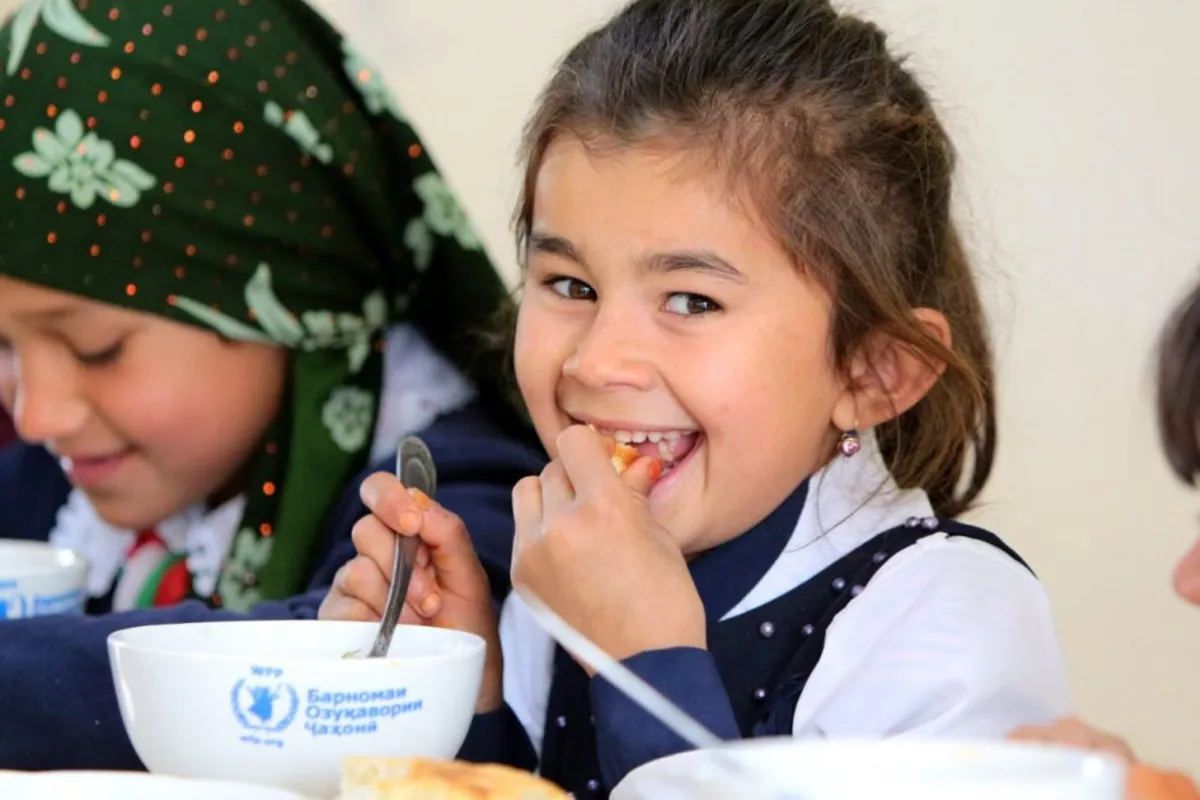
Over the past two decades, Central Asia has made remarkable progress in reducing undernourishment, with rates falling from 13.1 per cent in 2005 to just 2.8 per cent in 2024-a more than fivefold decrease, according to a recent report by the United Nations Food and Agriculture Organization (FAO).
Most of this improvement occurred before 2019, but the COVID-19 pandemic temporarily reversed gains, with the number of undernourished people rising to 2.5 million between 2020 and 2021, The Caspian Post reports per Kyrgyz media.
Despite this setback, robust food security policies and economic recovery have helped the region return to a positive growth trajectory.
In comparison to the global trend-where undernourishment declined from 12 per cent in 2005 to 8.2 per cent in 2023-Central Asia’s achievements stand out for their resilience.
The report also highlights that in 2024, the average cost of a healthy diet in Central Asia was $3.78 per person per day (in purchasing power parity terms). This figure saw a gradual increase from $3.10 in 2019 to $3.81 in 2023, before experiencing a slight decrease in 2024, marking the first decline in five years.
Nevertheless, about 14 per cent of the population-roughly 11.5 million people-still lack access to a healthy diet. This number, however, shows improvement compared to 14.5 million in 2020.
Child nutrition has also improved significantly. The rate of stunting among children under five has dropped by half, from 14.8 per cent in 2012 to 7.4 per cent in 2024, while wasting (acute malnutrition) has decreased from 3.8 per cent to 2.1 per cent.
Despite these positive trends, anemia remains a persistent challenge for women of reproductive age, with rates nearly unchanged at around 32 per cent, signaling ongoing deficiencies in iron and essential micronutrients, especially among pregnant women.
Share on social media